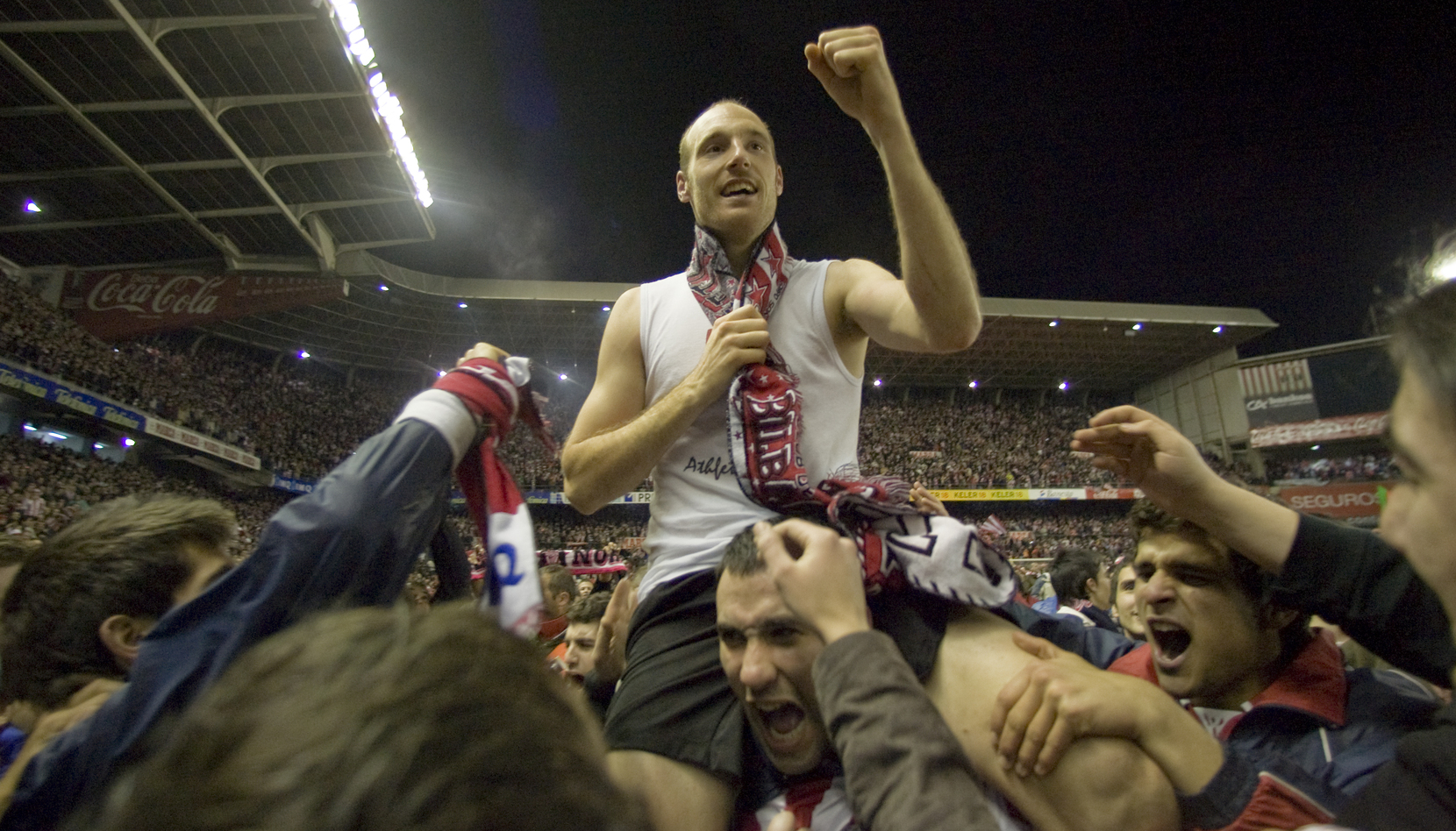
The Language of Athletic Club (pt.9): Player nicknames
The Language of Athletic Club (pt.9): Player nicknames
Panthers, buffalos, trees and presidents, discover the story behind some of our players’ most famous nicknames
Every football club has its own particular set of vocabulary, a glossary of terms that reflects its history and the pride of its fans. And in that sense Athletic Club is no different. However, the Club’s unique history in addition to the blend of Basque, Spanish and English has given Athletic’s vernacular a distinct flavour.
This is last article in the series. We’ve compiled the others in one place so you can learn more about the origins and meanings behind some of the most popular Athletic Club terms.
Player nicknames
As with most football clubs, a lot of Athletic footballers take on nicknames. These titles may be bestowed in honour of their on-field exploits, looks, or character.
Legendary shotstopper, and the Club’s record appearance holder, José Ángel Iribar, goes by the moniker ‘Txopo’, which comes from the Spanish word ‘Chopo’ -In the Basque Country ‘ch’ is often swapped for the Basque version ‘tx’. And ‘chopo’ in English means ‘black poplar’, which is a very tall tree.
Hardworking striker Gaizka Toquero became known as ‘Lehendakari’ -the title of the president of the Autonomous Basque Community- in recognition of his tireless performances and his knack for scoring goals in important matches, such as the 2009 Copa del Rey semi-final second leg against Sevilla FC.
Many players are named after animals. For example, Julen Guerrero was ‘El Rey Leon’ (the Lion King), a nod to his reverence among fans and his flowing blond locks. Aritz Aduriz was called ‘El Zorro’ (The Fox) for his clever play and prowess in the box.
In the current squad, Iñaki Williams is known as ‘La Pantera’ (The Panther), a nickname given to him by Iker Muniain due to his incredible speed, and Asier Villalibre is ‘El Bufalo’ (The Buffalo) because of his upper body strength and physical style of play.
Of course, this is a relatively short list and throughout the Club’s 120-year-long history, several other players have received a nickname of their own.
Tikotazo
Once in a generation, a player becomes so well known for scoring spectacular goals that those strikes are given a special status. In this case, we have Roberto ‘Tiko’ Martínez Rípodas and his Tikotazos.
Tiko made 230 appearance across nine seasons (1999-2008) as a Lion, scoring 26 goals in the process. A large portion of his goals were stunning long-range efforts. The goals became such firm fan favourites that they eventually became known as Tikotazos. See evidence in the video below.
In the 70s, defender Agustín Gisasola experienced a similar phenomenon, with his long-range piledrivers becoming known as Gisasolazos. The centre-back, who was part of the team that reached the 1977 UEFA Cup final, made 332 appearances and scored 19 goals during 13 seasons at Athletic.
KEEP READING ?
